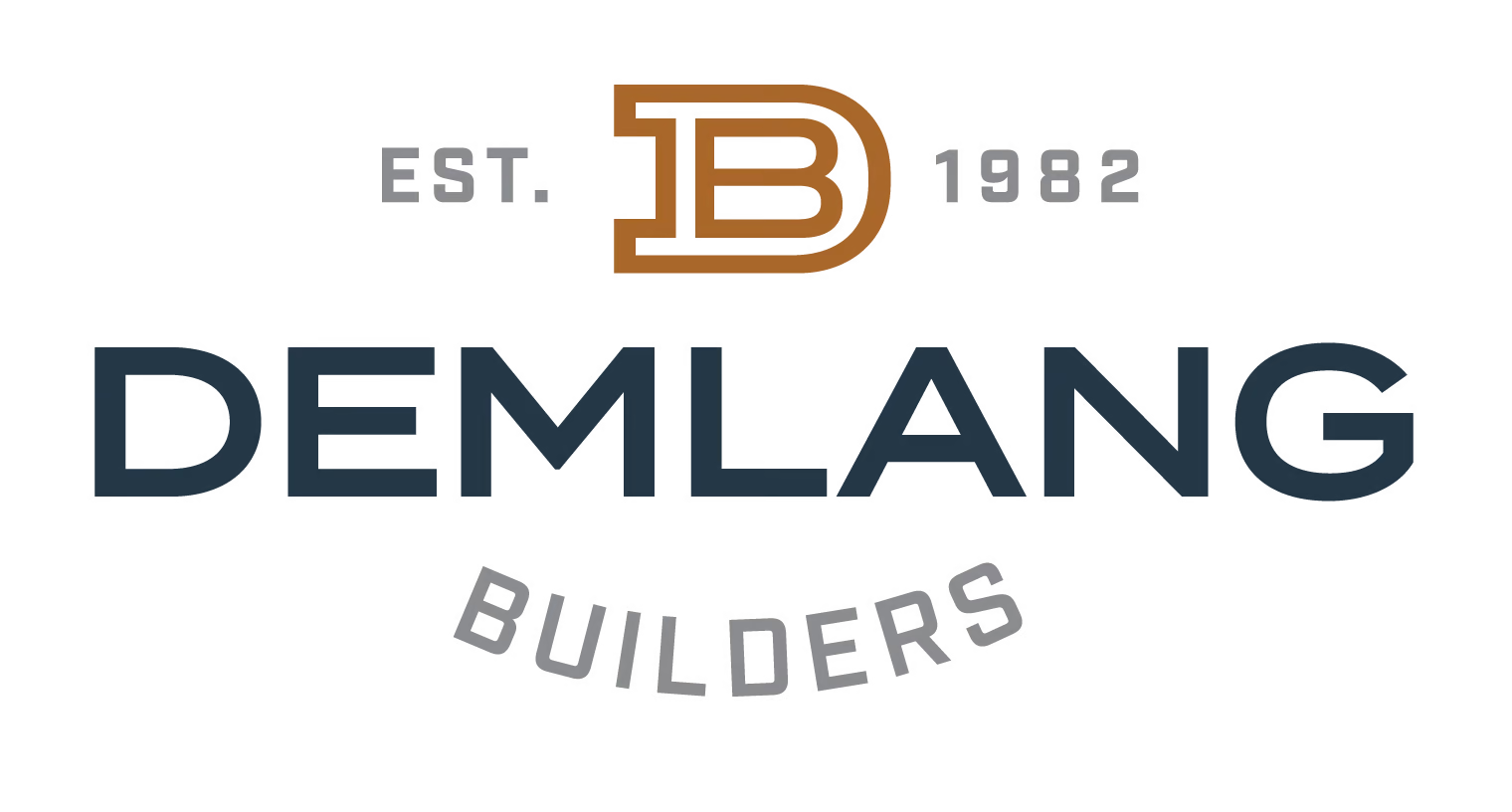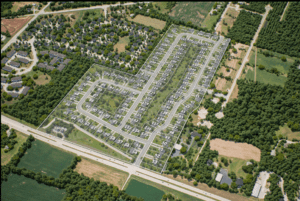How Surprising Shortages and Delays Impact New Builds
Even as the world largely returns to normal post-COVID, supply chain issues continue to be a top news item in 2021. First, it was the now-infamous toilet paper shortage. It seems like nearly every product category has been affected since then. While this can be a source of frustration while you’re building a new home, understanding the causes and effects of ongoing supply chain disruptions will help you better prepare as a homeowner.
Causes of Product Shortages and Delays
Although a wide variety of products and materials have been in short supply for the last 18 months, there is actually an array of conditions causing these issues. The global supply chain is complex and highly interconnected, so any tiny disruption causes a massive ripple effect. Here are some of the factors that have contributed to shortages, delays, and price volatility:
- Demand: This was the easiest one to notice at the beginning of COVID-related stay-at-home orders. Panic buying and shifting daily routines caused massive surges in demand for items like toilet paper, hand sanitizer, live yeast, fitness equipment, jigsaw puzzles, and materials for home renovation projects. The relationship between supply and demand might be basic economics, but it’s also a powerful force with lasting effects.
- Blockage in the Suez Canal: According to a BBC report, approximately 12% of global trade passes through the Suez Canal daily. When a container ship became lodged in the canal in March 2021, this vital throughway was cut off. The blockage held up approximately $9.6 billion of trade each day it was stranded, which was nearly a week. The effects were so dire that some ships rerouted to circumvent the Cape of Good Hope at the southern tip of Africa, adding almost 10 days to projected freight times. The incident impacted a huge portion of the global economy, as many already backordered goods faced even longer shipment times.
- Texas cold front: In February 2021, Texas was hit with a cold snap that literally and figuratively froze its business operations. Transportation was grounded and many agricultural goods faced temperatures they were not designed to withstand. Some minor inconveniences up here in Wisconsin, such as the temporary shortage of chicken wings, were the result of the freezing temperatures that crippled the nation’s second largest state.
- Other natural disasters: Beyond icy conditions, other hazards arose across the world and wreaked a lot of havoc in the past few months. An article from Business Insider breaks down some of the most impactful incidents, including a hurricane and subsequent fire at a Louisiana factory that drastically cut the supply of chlorine, a fire in Japan that contributed to the ongoing shortage for semiconductor chips, and an outbreak of swine fever that has led to a worldwide corn shortage and price increase.
- Border policies: When goods travel from one country to another, things get complicated. Embargoes, tariffs, and political disputes have all played a role in international trade in the past year. Even if a product is made in America, some components might be imported, and any wrinkles in this process can slow down production.
- Labor issues: Labor is hard to find, and the labor shortage is making products hard to find. Industries that have been hit particularly hard by these issues include customer service, skilled trades, and transportation. If a finished good is ready to ship, but there’s no one there to drive the truck, that good is still not going to get to you on time.
- Upstream delays and shortages: All of these contributing factors are interrelated, especially for finished products that a complex and require a lot of input materials from different sources. When one part of the process is delayed, this effect cascades down the rest of the supply chain. For example, say a computer is waiting on a semiconductor chip that’s backordered because demand is high and a major factory is out of commission. Once it’s done, shipment gets delayed while the transport company finds an available truck. At each juncture, time and costs can increase. If even one tiny component of a finished product is backlogged, the entire product will get delayed.
A detailed piece from the New York Times suggests that these factors, along with widespread “just in time” lean manufacturing practices, has created an environment in which product shortages and delays were virtually unavoidable.
New Home Construction Products That Are Affected By Supply Chain Issues
Unfortunately, the new home construction industry is not immune to these problems. Beyond the shortages that might affect the building process, homeowners should be aware of other products that they might want in their new homes and whether these are affected by supply chain issues. Here are a few products and materials that are facing shortages, delays, and/or price increases.
- Existing homes: As we mentioned in our blog “Build, Don’t Buy: How to Avoid the Existing Home Shortage,” demand has played a major role in the sky-high prices of existing homes on the market. That’s why it’s a great time to build–it’s how you’ll get the home you’ve always wanted.
- Lumber: No secret here. Skyrocketing lumber prices have been a big news topic for months. A combination of COVID closures, increased demand, tariffs, and a short supply of transportation labor caused prices to nearly triple. Prices are starting to come down very slowly, but it’s difficult to say whether they’ll ever get down to pre-pandemic levels.
- Steel and copper: Steel is a key component to building a new home, from form ties for pouring concrete foundations to structural I-joists to sheet metal for garage doors. Besides your pocket change, copper is found in the electrical wiring that powers your new home. Demand and high prices are making these commodities a little harder to come by than they used to be, and builders are coming up with creative solutions to compensate.
- Labor: Skilled laborers like electricians, carpenters, and plumbers are in short supply. At Demlang, we rely on our decades-old relationships with our trade partners in order to provide you with a high-quality new home on the best possible timeline.
- Paint: The Texas winter storm hit some major petrochemical suppliers, which has had a widespread impact for many products, including paint. That, paired with increased demand from home remodeling and redecorating, has strained the paint supply. That’s important to know not only as you’re planning for your new home, but also as you prepare your current home for sale!
- Appliances: Even if the rest of your new home is ready, your kitchen or laundry room might look a little bare. Some appliances have lead times of several months, although there are usually more readily available options that will make do while you wait for that must-have refrigerator.
What Homeowners Can Expect During Material Shortages
Shortages and delays are no fun, but it’s best to know what to expect and what steps (if any) you can take to proactively mitigate supply chain issues. Your best defense is a combination of patience and forethought. If you know you’ll want some in-demand product like a dishwasher a few months down the road, try to get it ordered now. Your new home may take longer to come together than you envisioned, but the delays are because we’re waiting for materials that are up to our high standards and that give you the best possible finished product.
Besides playing the waiting game, staying flexible can be helpful. Some manufacturers are limiting production to fewer varieties of a product in order to streamline operations. For example, a flooring company might normally offer 150 different colors and styles, but to reduce backlogs, the company might narrow its selection to the 50 most popular options. Being open to new possibilities when limited options are a current reality can keep your home construction project moving forward.
Even though delays, shortages, and price increases can create wrinkles in your plan to move into a beautiful new home, rest assured that our Demlang team is hard at work to give you the home you envisioned on a reasonable timeline. Thanks to our trade partnerships and industry reputation, built on a long history and a solid track record, our suppliers and contractors make Demlang homes a top priority. We are successfully navigating the environment of scarcities and delays that home builders are facing in order to build your new home.













